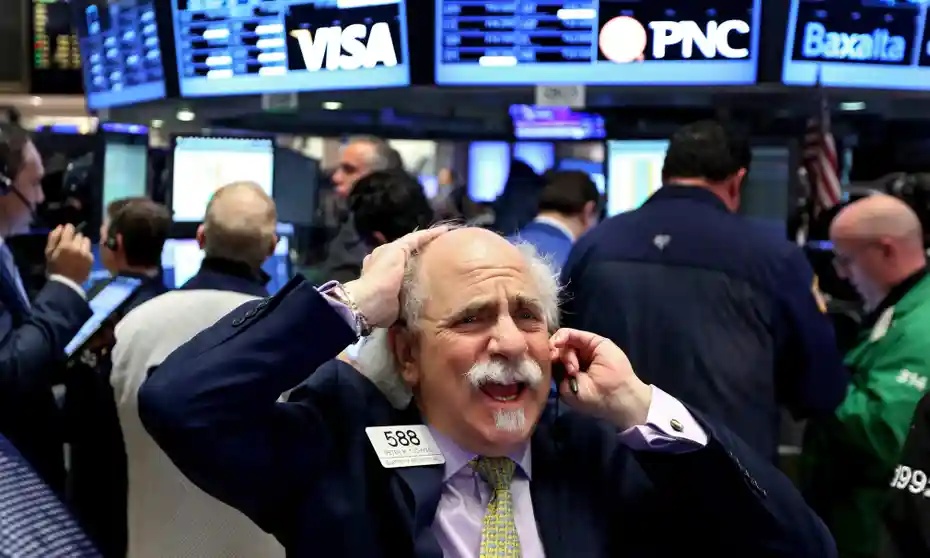Hello everyone,
Since the last article was surprisingly well received and other key figures were mentioned in the comments, I thought that a second part wouldn't be so wrong. Here I have picked out key figures that I personally find interesting or important.
Feel free to write your opinion in the comments! Which key figure(s) do you think are very important? What is the first thing you look at when you look at a company?
Click here for Part I: https://app.getquin.com/activity/XrdHVVycUn
𝗘𝗣𝗦
The earnings per share (EPS) figure describes the profit of a listed company per share in circulation. The figure is calculated on either a quarterly or annual basis and is calculated by dividing the (quarterly or annual) net profit of a company by the number of shares in circulation. EPS provides a basic measure of a company's profitability. The EPS value can also be negative if it is a loss-making year (e.g. Coinbase 2022, Q1 EPS: -1.26).
Example:
After a strong year, ThisIsEmil-AG generates a profit of EUR 4 million. A total of 500,000 shares are outstanding. This results in a profit of 8 euros per share.
Calculation: € 4,000,000/500,00 shares= € 8/share
𝗩𝗲𝗿𝘀𝗰𝗵𝘂𝗹𝗱𝘂𝗻𝗴𝘀𝗴𝗿𝗮𝗱
The gearing ratio indicates how much equity covers a company's net financial liabilities. The more the company relies on borrowed capital, the higher the gearing ratio.
On the other hand, a high debt-equity ratio is not always bad, as the "leverage effect" can sometimes lead to a higher return on equity if the company earns more money with the borrowed capital than it pays in borrowing costs. Leverage should be understood differently depending on the industry. While a gearing ratio of 10 to 70 percent is typical in most industries and 100 percent is close to insolvency, a real estate group's gearing ratio of 150 percent may even be acceptable.
This ratio should therefore only be used for comparison purposes for companies in the same sector.
Example:
ThisIsEmil-AG has a total of € 300,000 in equity and € 700,000 in borrowed capital. The gearing ratio is therefore 233%. The calculation is as follows:
Calculation: € 700,000 / € 300,000 = 233%
𝗠𝗮𝗿𝗸𝘁𝗮𝗻𝘁𝗲𝗶𝗹
I personally also find the market share figure very interesting. It indicates what share of the total market a company achieves with a product or service. Most companies strive to increase their market share, which generally leads to lower costs and therefore higher profits due to economies of scale. Companies in niches can also be successful with a low market share. In order to calculate the market share, the market must first be defined.
For example, according to Statista, the market share for social media in April 2022 was 75.1% for Facebook, 5.69% for Instagram and 5.69% for YouTube. getquin is of course also right at the top!
Example:
ThisIsEmil-AG achieved a turnover of € 10 billion in 2021. With a global market volume of € 15 billion, the AG would have a market share of approx. 66%
Calculation: € 10 billion / € 15 billion= 0.667
0,667 x 100= 66,7%
𝗖𝗮𝘀𝗵 𝗙𝗹𝗼𝘄
Cash flow refers to the inflow (or outflow) of liquid funds, such as cash, cash in hand or checks. The value answers the question: "How much money was generated?". It is important to note that this is not a profit. The cash flow thus shows the financial strength of a company and how heavily a company is dependent on other lenders (loans).
There is a direct method of calculating cash flow and an indirect method.
Example:
In the direct method, cash inflows are calculated as cash outflows. ThisIsEmil-AG only had 4 business transactions in the beginning in 2011:
- Revenue for a sale in the amount of € 100,000
- Payment of salaries for € 60,000
- Depreciation in the amount of € 15,000
- Provision for promise of a guarantee € 10,000
Invoice:
100.000€-60.000€= 40.000€
This is therefore a cash inflow of €40,000. Depreciation and provisions are not taken into account, as these are not payments.
𝗤𝘂𝗲𝗹𝗹𝗲𝗲𝗻:
Picture: Justin Lane/EPA
The key figures presented are of course just a selection of many. What are your steps in stock analysis? 🤔










